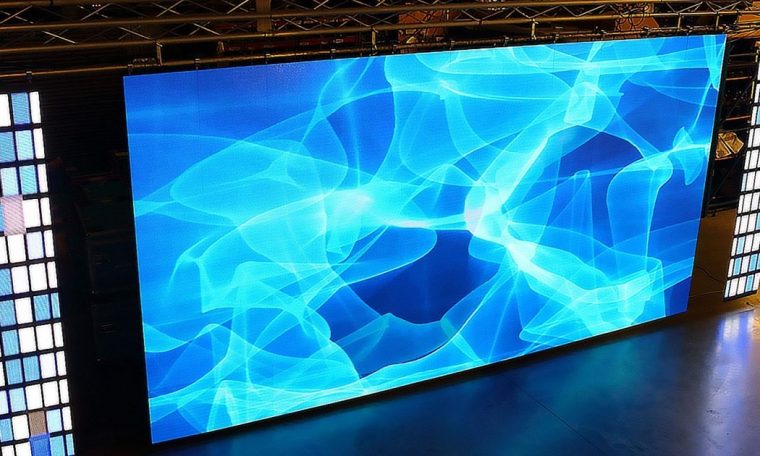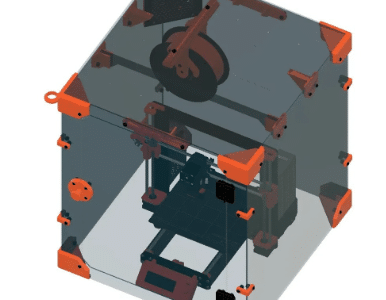
In the dynamic realm of display technology, the Surface-Mounted Device (SMD) screen has emerged as a revolutionary force, reshaping the landscape of visual experiences. This article delves into the transformative aspects of SMD screens, exploring their technological underpinnings, applications, and the profound impact they have on redefining the standards of display clarity and vibrancy.
Understanding the SMD Revolution
Surface-Mounted Device (SMD) technology represents a breakthrough in display design. Unlike traditional displays, where LEDs are positioned behind a diffuser, SMD Screen feature LEDs mounted directly onto the surface of printed circuit boards (PCBs). This fundamental shift in construction leads to a cascade of benefits, fundamentally altering the way we perceive and interact with visual content.
Technological Underpinnings
Proximity and Clarity
The hallmark of SMD screens lies in the close proximity of LEDs to the display surface. This eradicates the gap between the light source and the viewer, resulting in unparalleled clarity. The absence of diffusion enhances the precision of illumination, delivering a visual feast of vibrant colors and sharp details.
Pixel Density
SMD screens boast higher pixel densities compared to traditional displays. The arrangement of LEDs allows for more pixels per square inch, contributing to sharper images and smoother transitions. This is particularly noticeable in large-format displays and applications where visual fidelity is paramount.
Three-in-One Design
SMD screens often employ a three-in-one design, where red, green, and blue LEDs are integrated into a single pixel. This design enhances color blending and accuracy, allowing for a broader spectrum of colors to be reproduced with exceptional fidelity.
Applications of SMD Screens
Digital Signage
The clarity and brightness of SMD screens make them an ideal choice for digital signage applications. Whether used in retail settings, transportation hubs, or corporate environments, these screens captivate audiences and deliver messages with unprecedented visual impact.
Broadcast Studios
SMD screens are transforming the way we consume broadcast content. Their ability to reproduce true-to-life colors and details enhances the overall quality of televised programs, creating a more immersive viewing experience for audiences worldwide.
Outdoor Displays
The high brightness levels of SMD screens make them well-suited for outdoor displays. From sports stadiums to public events, these screens ensure visibility even in broad daylight, making them a preferred choice for large-scale outdoor installations.
Gaming Monitors
Gamers appreciate the advantages of SMD screens in delivering fast refresh rates and vibrant colors. The enhanced clarity and responsiveness contribute to a more immersive gaming experience, bringing virtual worlds to life with unprecedented realism.
The Impact on Visual Clarity
The revolution brought about by SMD screens is most evident in the realm of visual clarity. The elimination of diffusion layers and the direct placement of LEDs result in images that are not only sharper but also more vibrant and true to life. This has far-reaching implications across various industries where accurate and vivid visual representation is crucial.
Energy Efficiency and Sustainability
SMD screens are not only revolutionary in terms of visual quality but also in their energy efficiency. The precise illumination of pixels reduces power consumption, making SMD technology more environmentally friendly. As sustainability becomes a key concern in technology, the energy-efficient nature of SMD screens positions them as a responsible choice for businesses and consumers alike.
Conclusion
In the ever-evolving landscape of display technology, the Revolution of SMD Screens is reshaping our expectations of visual experiences. From the enhanced clarity and pixel density to their wide-ranging applications, SMD screens stand as a testament to the constant innovation within the industry. As we witness this revolution unfold, the future of displays appears brighter, crisper, and more vibrant than ever before.
FAQs
Q1: What distinguishes SMD screens from conventional displays?
A: SMD screens differ from traditional displays by featuring LEDs mounted directly onto the surface of printed circuit boards, eliminating the diffusion layer and resulting in enhanced clarity, pixel density, and color accuracy.
Q2: Are SMD screens suitable for outdoor installations?
A: Yes, SMD screens are well-suited for outdoor installations. Their high brightness levels ensure visibility even in daylight, making them ideal for applications such as outdoor digital signage and stadium displays.
Q3: How do SMD screens contribute to energy efficiency?
A: SMD screens contribute to energy efficiency through the precise illumination of pixels. The direct placement of LEDs reduces power consumption, making them more environmentally friendly and cost-effective.
Q4: What industries benefit the most from the Revolution of SMD Screens?
A: Industries such as digital signage, broadcast studios, outdoor displays, and gaming see significant benefits from the Revolution of SMD Screens. The enhanced clarity and color reproduction make them versatile for a wide range of applications.



